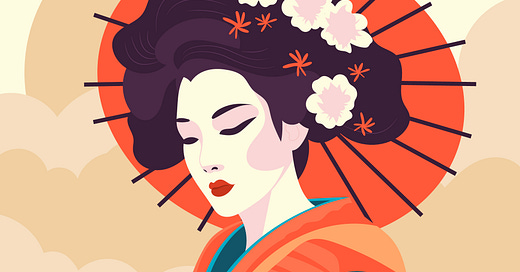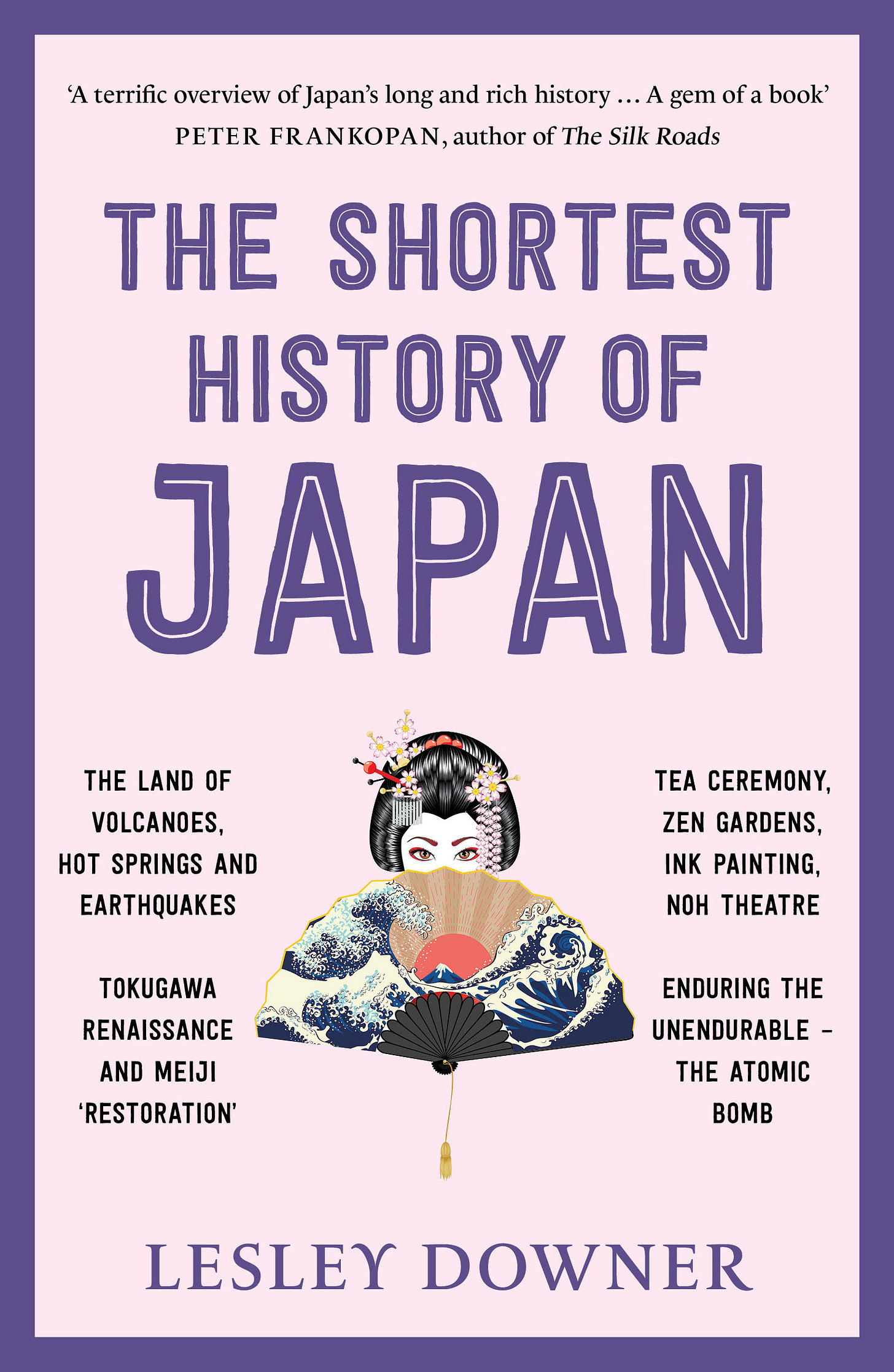Looking back at Japan's lost decade: economic recession, tsunami, nuclear meltdown & hikikomori
The Heisei era (1989–2019) is often remembered as Japan's darker years when the country witnessed a meltdown in all possible streams, writes Lesley Downer in her new book.
In August 1957 an earnest young man was playing tennis in the fashionable resort of Karuizawa when he was matched against a girl of startlingly radiant beauty.
Shōda Michiko was the daughter of a wealthy industrialist but a commoner nonetheless and a Catholic. Until then it would have been impossible for a crown prince to even think of marrying anyone but an imperial princess. But these were different times.
Akihito had been tutored by a Quaker, Elizabeth Gray Vining, appointed by the occupation forces to teach him English, democracy and Christianity. His fairy- tale romance with Michiko galvanised the nation.
After Akihito came to the throne, he demonstrated how different his reign was going to be by visiting China; he was the first emperor ever to do so. He didn’t go so far as to apologise for Japan’s wartime aggression but acknowledged that his country had ‘inflicted severe suffering upon the Chinese people’ and added, ‘This is a deep sorrow to me.’
The year of his accession, 1989, was a time of seismic change for the world. The Berlin Wall fell, uniting East and West Germany; US President George Bush and Mikhail Gor bachev, leader of the Soviet Union, declared the Cold War officially over; and the Soviet Union started to break up. Meanwhile Japan continued to surf the wave of prosperity.
The so- called ‘Heisei aristocrats’ were wealthy thanks to soaring land and stock prices and to Japanese banks, which handed out billions of yen in loans at very low interest rates. In 1989 Sony took over Columbia Pictures while Mitsubishi bought a controlling stake in the Rockefeller Center, sparking outrage among Americans, who complained that Japan was buying up the world. That turned out to be the crest of the wave.
The following year the Ministry of Finance raised interest rates, aiming to bring down the soaring prices. The ploy misfired. Stock and land prices tumbled and the great Japanese economic bubble burst. Bankruptcies and unemployment soared and employers clamped down on overtime.
Suddenly it was possible to find an empty taxi late at night or get a table at a French restaurant without booking ahead. Diamonds were left on the shelf, the sales of Mercedes slackened and instead of designer labels the fashion was for jeans.
The collapse continued over the so- called Lost Decade. The Liberal Democratic Party (LDP) still monopolised power but after Nakasone’s glory years a succession of prime ministers were brought low by corruption scandals and incompetence. One lasted just sixty- eight days and was felled by his geisha ex- mistress, who accused him of meanness, the ultimate shame.
Eventually the LDP was voted out of power for the first time in thirty- eight years. A coalition of opposition parties took over and for a while it looked as if there might be real change. But after less than a year the LDP was back in control. The economy continued to plummet. But for all the doom- laden statistics, Japan remained a country with a very low crime rate where most people were well fed and well dressed.
Many people had become wealthy enough during the bubble years to avoid the worst of the collapse. For some the fall in land prices meant that they could now afford to buy a house.
The parties continued, the cities were as glamorous as ever and glossy new skyscrapers continued to mushroom. As one British diplomat remarked, ‘If this is a recession, I’d like one.’ But there were growing numbers of casualties.
As men found themselves out of work and hanging around the house, women started suing for divorce. Men who couldn’t repay their debts or bear the shame of unemployment committed suicide. Some put on a business suit every morning then hid in a park so that no one would know that they had no job.
Encampments of homeless living in cardboard boxes, with their shoes and umbrella outside, sprang up in parks and around railway stations. Many were from the much poorer north and had come to Tokyo to look in vain for work.
Then one January morning in 1995 a mammoth earth quake, 7.2 on the Richter scale, jolted the city of Kobe. Four hundred thousand buildings collapsed and nearly 6500 people died. Road and rail bridges fell, pipelines broke, fires raged across the city and a huge elevated expressway crashed down.
Long before the official emergency response began, the yakuza, in Robin Hood mode, moved in, setting up soup kitchens and distributing supplies. The government was shame fully unprepared. There were no relief centres, the response was way too slow, and they actively prevented Japanese and American troops from stepping in to help.
In a display of people power, volunteers from all over Japan converged on the stricken city. In this land of volcanoes, hot springs and regular tremors, earthquakes, while devastating, were not unexpected. But what happened next was a total shock.
That March, five men boarded subway trains carrying plastic bags of liquid sarin at the peak of the morning rush hour. Twelve people died and thousands were horribly injured from inhaling the deadly gas. The attacks were the work of a doomsday cult called Aum Shinrikyō, led by the bearded, charismatic Asahara Shōkō. Thirteen of the leaders were executed, including Asahara, and many more went to prison.
The episode sparked much soul- searching about what had happened to Japan to inspire such alienation. Writers such as Murakami Haruki saw it as a manifestation of existential crisis; people had lost their core values and beliefs and been left lacking direction, meaning or purpose.
It pointed up the fragmentation of Japanese society, brought about by the long recession. Where once, in theory at least, Japan had been monolithic, a nation of salarymen working away at lifetime employment, now for many lifetime employment was no longer an option and more and more people were choosing to carve out their own paths.
Non- conformity had become a lifestyle choice. Disaffection took many forms. There were freeters, free lancers who moved from job to job, and neets, ‘not in education, employment or training’. Teenagers formed tribes, adopting outrageous costumes, hairstyles and hair colours.
Girls dressed like cartoon characters while leather- clad teddy boys with oiled quiffs danced to rock ’n’ roll in Tokyo’s Yoyogi Park. Otaku, ‘nerds’, characteristically unwashed and scruffy, pursued their chosen obsession – manga, anime, video games, cars, pop idols – flouting the Japanese norm of fitting in.
Most extreme of all were hikikomori, who locked themselves in their bedrooms, usually in their parents’ homes, sometimes for years on end. Then in April 2001 a prime minister appeared who seemed infinitely more attuned to this new, fragmented, non-consensus Japan.
Excerpted with permission from The Shortest History of Japan by Lesley Downer, published by Pan Macmillan India, June 2025





